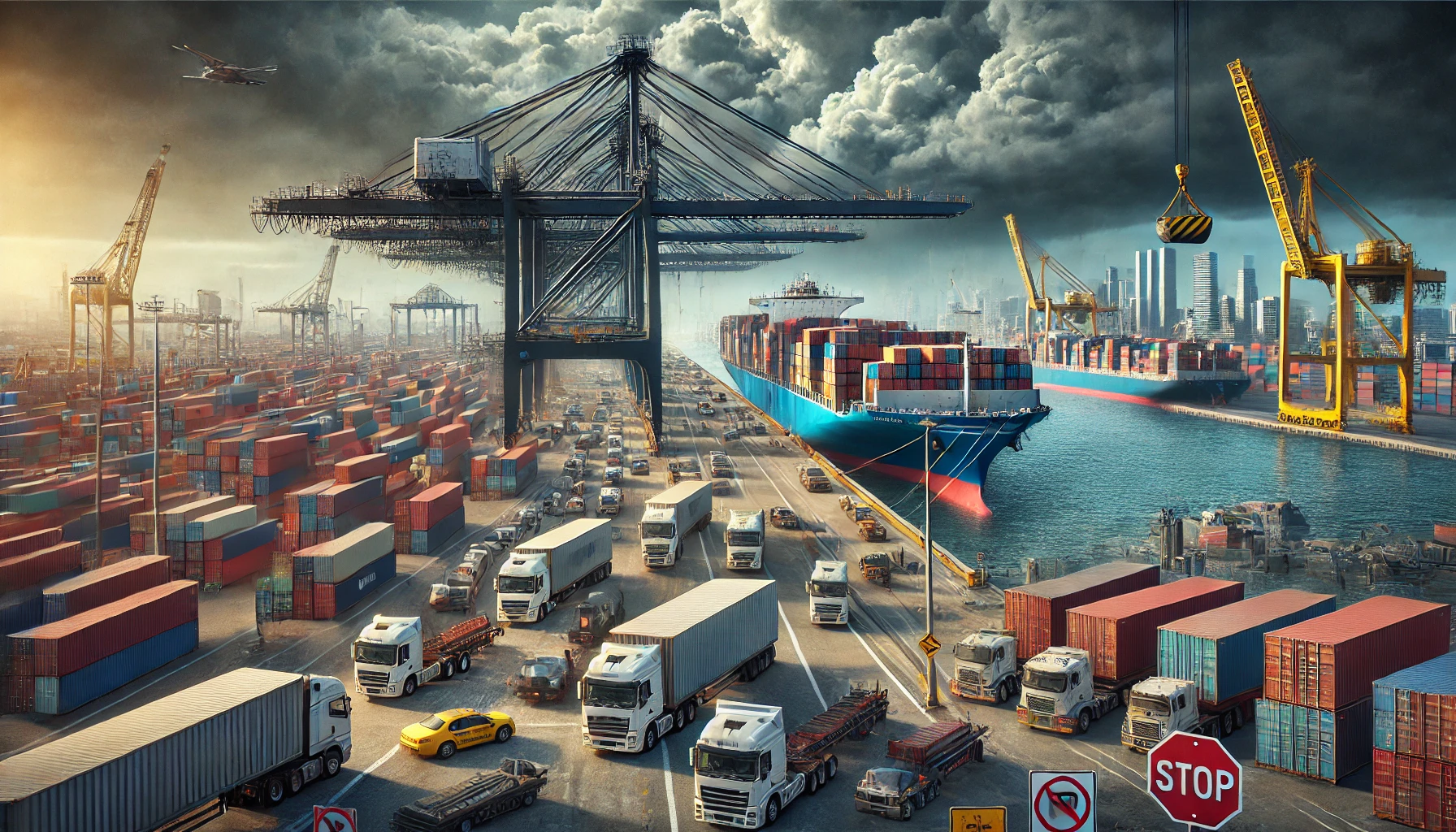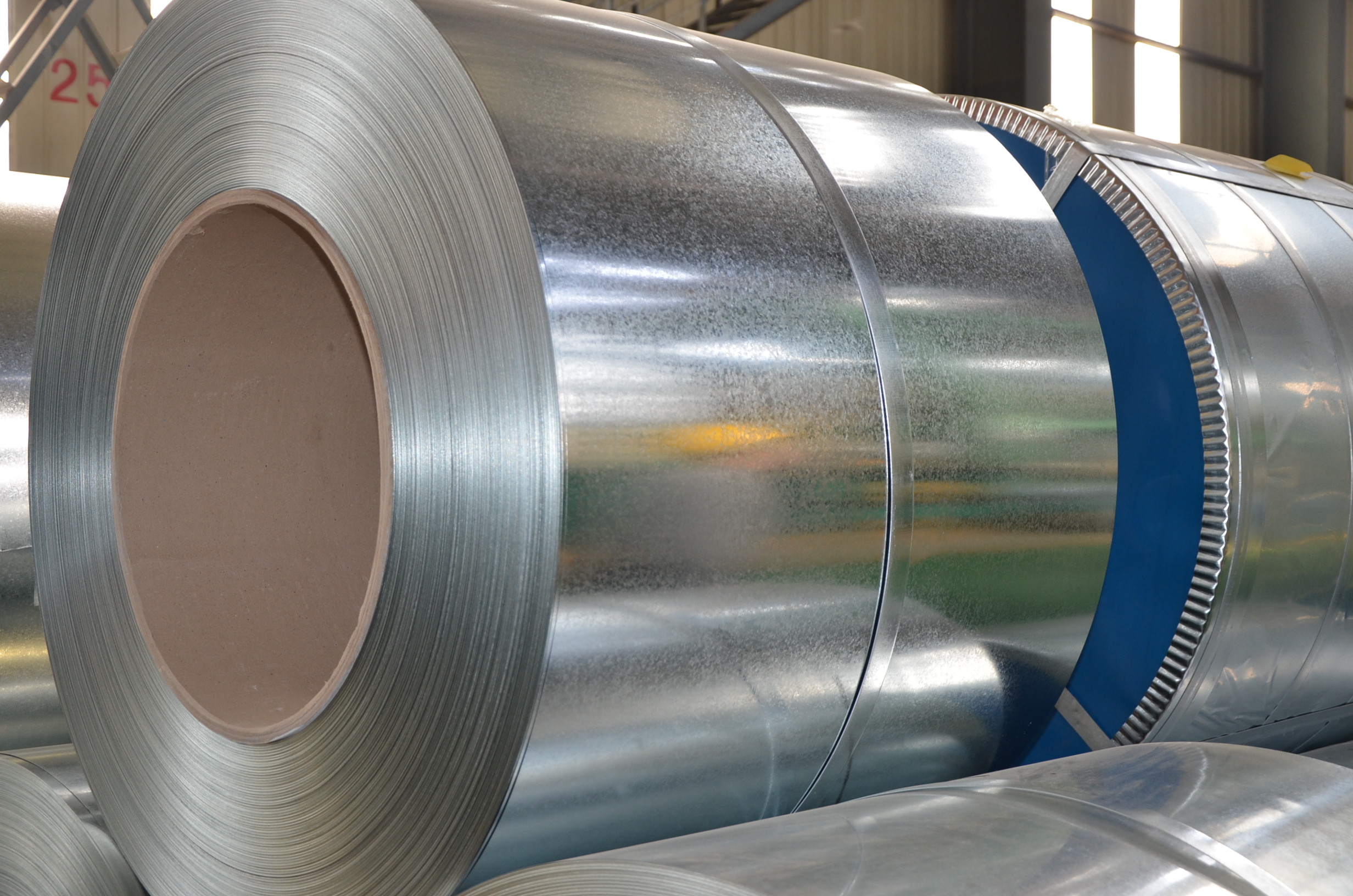Embracing AI for a Future-Ready Manufacturing Workforce
In an era where technology evolves faster than ever, manufacturers face the dual challenge of a widening skills gap and the demand for digital transformation. Could AI be the bridge to a more productive and resilient workforce?

Enter Artificial Intelligence (AI). AI has the potential to revolutionize how manufacturers operate by enhancing productivity, streamlining processes, and reducing the reliance on manual labor. However, the adoption of AI is not without its challenges. Manufacturers must navigate concerns around data security, system integration, and the potential displacement of workers.
Why AI is Essential
AI can automate routine tasks, freeing up human workers to focus on more complex and creative aspects of manufacturing. For example, predictive maintenance powered by AI can identify equipment issues before they lead to costly downtime, while AI-driven quality control systems can detect defects with greater accuracy than the human eye. These advancements not only improve efficiency but also enhance the overall quality of products.
Furthermore, AI can play a critical role in addressing the skills gap by offering training and upskilling opportunities through AI-driven learning platforms. These platforms can tailor educational content to individual workers, helping them acquire the skills needed to operate advanced machinery or manage AI systems.
Challenges of AI Adoption
Despite its potential, AI adoption in manufacturing is not without hurdles. One of the primary concerns is data integrity. AI systems are only as good as the data they are trained on, and inaccurate or incomplete data can lead to poor decision-making. Manufacturers must invest in robust data governance practices to ensure that the data feeding their AI systems is accurate, consistent, and secure.
Another challenge is the integration of AI with existing systems. Many manufacturers rely on legacy systems that are not easily compatible with new AI technologies. This can lead to a fragmented IT landscape, where different systems are unable to communicate effectively. To overcome this, manufacturers should consider adopting a unified platform that can centralize data and integrate seamlessly with AI tools.
The Human Factor
While AI offers numerous benefits, it is essential to consider the human factor in its adoption. Workers may be wary of AI, fearing that it could replace their jobs. To mitigate this, manufacturers should focus on how AI can complement human labor rather than replace it. By using AI to automate repetitive tasks, workers can be redeployed to roles that require human creativity and problem-solving—areas where AI currently cannot compete.
Moreover, manufacturers should invest in reskilling programs to help workers transition into new roles that require a higher level of technical expertise. This not only helps to close the skills gap but also fosters a culture of continuous learning and adaptation.
Looking Ahead
As AI continues to evolve, its role in manufacturing will only grow more significant. Those manufacturers that can successfully integrate AI into their operations will not only close the skills gap but also set themselves up for long-term success in an increasingly competitive market.
The key to this success lies in a balanced approach—leveraging AI to enhance productivity and innovation while ensuring that workers are supported and empowered to thrive in a digital-first environment.








